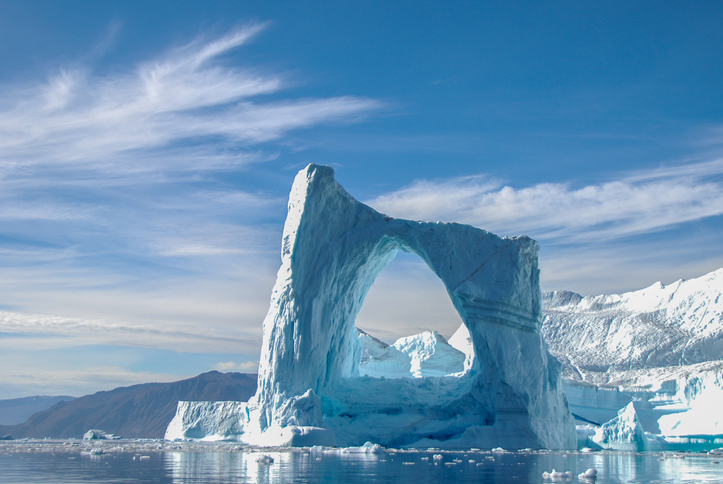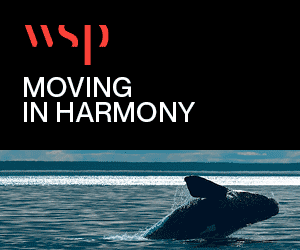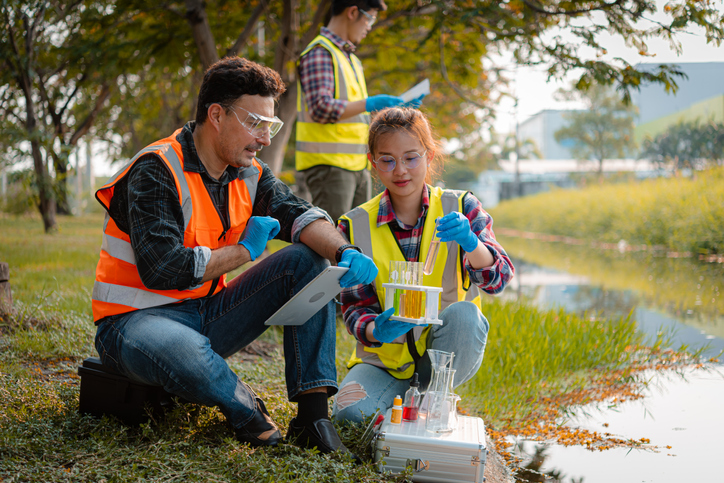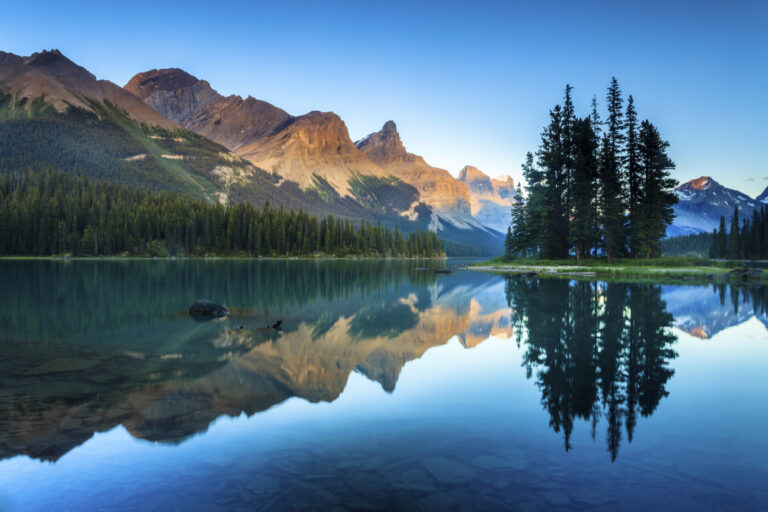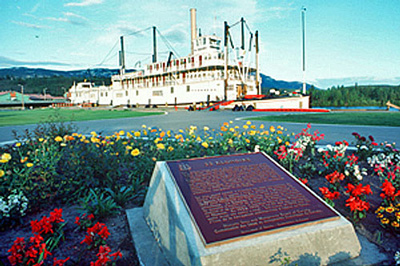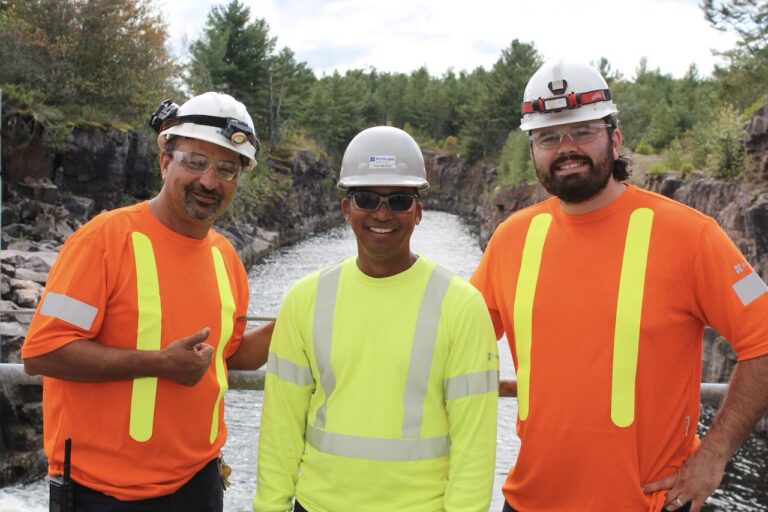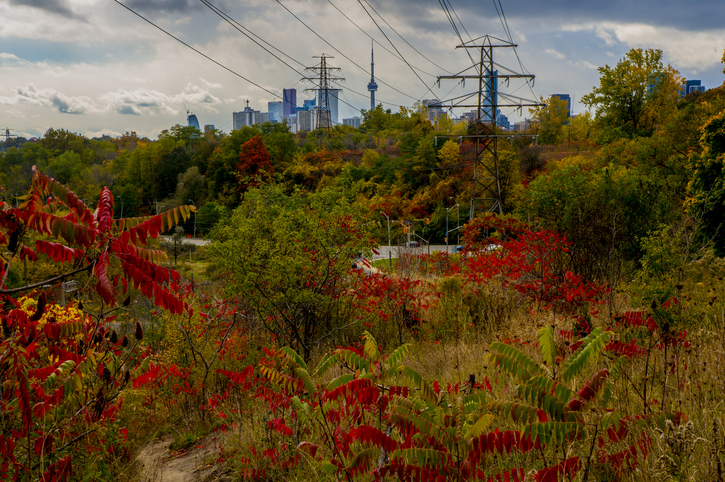Tuesday, September 23, 2025
Covering the world’s largest island, the Greenland Ice Sheet is one of the globe’s biggest and most important water formations. The ice sheet reaches more than three kilometres thick in the centre and drapes more than 2,000 kilometres north-south and nearly 1,000 kilometres east-west blanketing mountain ranges and covering canyons.
Many are unaware that the steady and substantial influx of this melting ice and resulting water is changing the ocean’s salt content, altering current patterns, and raising sea levels around the world.
A recently released review paper in the Bulletin of the Atomic Scientists entitled “The shrinking of the Greenland Ice Sheet can’t be stopped — but it can and must be slowed” draws attention to society’s ongoing failure to prohibit building on land that is subject to increased likelihood of flooding.
According to the author, Dr. Twila Moon, Deputy Lead Scientist and Science Communication Liaison at the National Snow and Ice Data Center, part of the University of Colorado Boulder’s Cooperative Institute for Research in Environmental Sciences (CIRES), a global leader in Earth science, the Greenland Ice Sheet may be melting at an unexpectedly fast rate.
Some key statistics from the review paper include the following:
- 2024 marked the 27th year in a row that the ice sheet shrank, losing an average of 269 billion tons of ice every year since 2002.
- Over the last few decades, the Greenland Ice Sheet, which holds a potential 7.4 meters of average sea level rise, has become a major contributor to rising seas.
- As Greenland ice loss pours colder freshwater into the North Atlantic, it helps to disrupt the mixing process. If surface ocean water stops being moved quickly into the ocean depths, it cannot bring oxygen and critical nutrients to deeper waters. Without these life-giving nutrients, North Atlantic ecosystems could crash.
Why is this an issue for Canadians or those living outside of Greenland? Sea level rise from ice loss in Greenland touches every shore on the planet. The impacts are varied and extensive, including health hazards from flooded sewage systems or saltwater inundation of freshwater resources, coastal erosion and land loss, and new, increasing, or persistent flooding. Water may pile up along the East Coast of North America, raising sea levels even more quickly in that region. How much ice stays frozen in Greenland, and for how long, is a question of global concern.
Dr. Moon states that although a tipping point for future ice loss is already crossed, the pace of this loss is still not set in stone. Every incremental increase in temperature increases risk and damage. Early and strong action is the most powerful use of our energy and dollars. And because our climate system is intricately linked from town to city to farm to country, the actions that will keep ice in Greenland are the very same actions that influence every tipping point and every climate impact we’ve heard about in the news. Burning less oil and gas means cleaner local air, and less ice loss. Reducing food waste means fewer emissions, lower disposal costs, and less ice loss. A better-insulated home means less energy and money needed for heating and cooling, and less ice loss.
“It’s time to stop admiring the problem and start investing more time and energy into implementing solutions. A one-two effort to eliminate new heat-trapping gas emissions and then remove the pollution we’ve already added to our air is necessary,” states Dr. Moon.
“Benefits in our lifetime are possible, and realization of a future in which we consistently remove heat-trapping gases from our air could even curve a system the size of the Greenland Ice Sheet toward stabilization and even regrowth in future millennia. The first step towards that future begins today, and we are all participants in tipping the scale in the right direction.”
The complete report is available here.
![]()
Colin Isaacs is a chemist with practical experience in administration, municipal council, the Ontario Legislature, a major environmental group, and, for the past three decades, as an adviser to business and government. He is one of the pioneers in promoting the concept of sustainable development for business in Canada and has written extensively on the topic in the popular press and for environment and business platforms.
Featured image credit: Getty Images

